A guide to New Year traditions in Japan
By Haruka Masumizu
TOKYO
The New Year is just around the corner. For many non-Japanese, especially newcomers to Japan, many of the customs and traditions of New Year may seem hard to understand. New Year or Oshogatsu is the most important holiday period in Japan for families and it is rich in tradition. If you're lucky enough to be invited by your Japanese friends to join them, you'll be in for some interesting experiences.
Here is our annual guide to help you understand New Year customs in Japan.
New Year’s Eve - Omisoka (大晦日)
Omisoka is the Japanese expression for New Year’s Eve. In order to start off the new year with a fresh mind, families and kids come together to clean up the entire house (called osoji - big cleaning) and use the last few days of the old year to make preparations for osechi ryori (see below), special decorations and rituals for New Year’s Day. As many people go back to their hometowns during this time, it might be interesting for you to see usually busy and hectic Tokyo suddenly become so quiet and empty.
Joya no Kane (除夜の鐘)
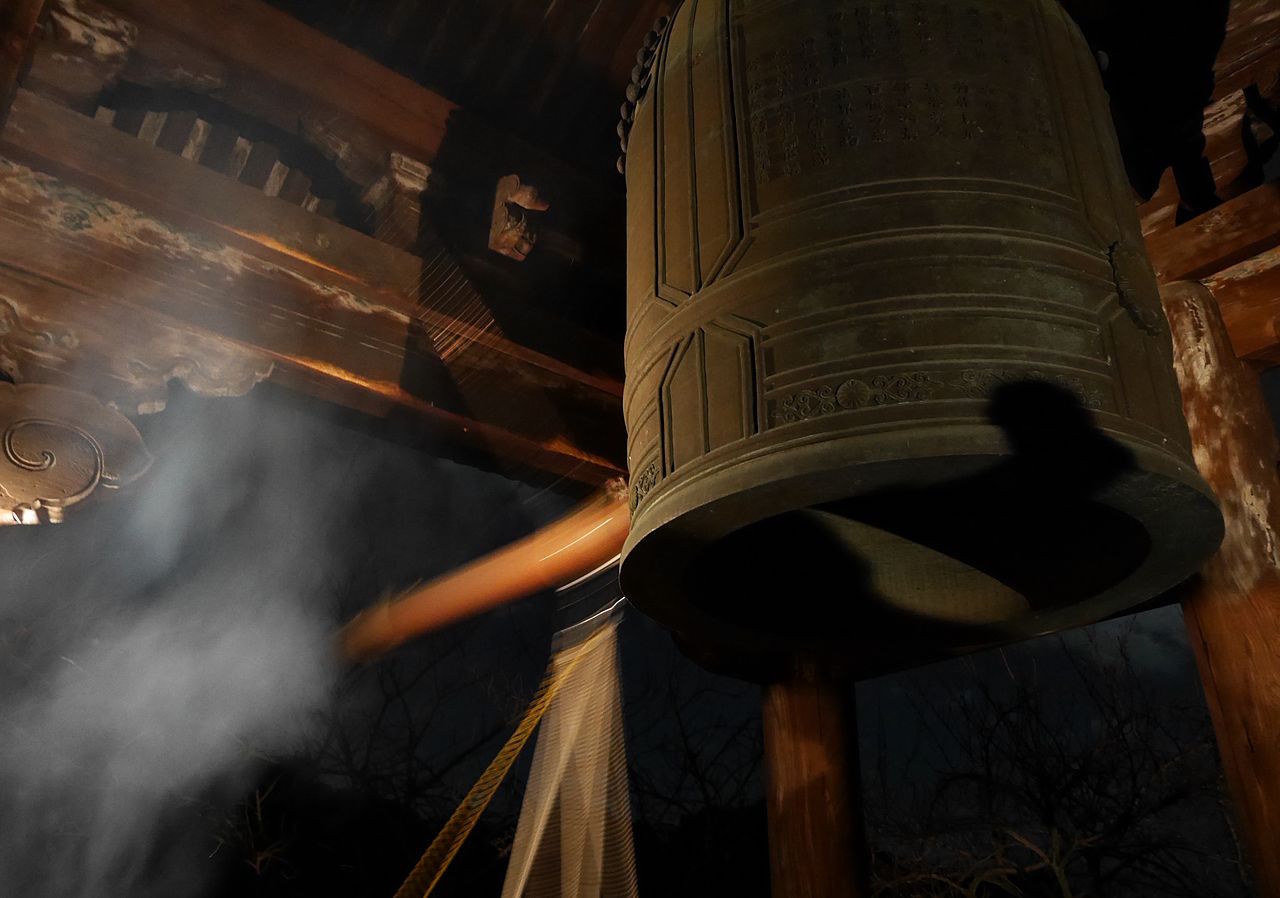
Photo: Wikipedia
But do you know why they strike the bell exactly 108 times? In Buddhism, it is believed that human beings are plagued by 108 types of earthly desires and feelings called Bonnou, exemplified by anger, adherence and jealousy. Each strike of the bell will remove one troubling Bonnou from you.
The kanji Jo (除) means “to throw away the old and move on to the new” and Ya (夜) means “night.” So, it is the perfect night to leave your old self behind and commence the new year with new resolutions and a clear head. By the time you count the 108th peal, you are ready to start the new year refreshed without anything troubling your mind -- in theory.
Toshikoshi-soba (年越し蕎麦)
The tradition of eating soba (Japanese noodles) on New Year’s Eve is said to have become common during the Edo era (1603-1868). When soba is made, the dough is stretched and cut in a long and thin form, which is said to represent a long and healthy life. Interestingly, as soba is cut easily compared to other types of noodles, it also symbolizes a wish to cut away all the misfortunes of the old year in order to commence the new year refreshed.
Kadomatsu (門松)
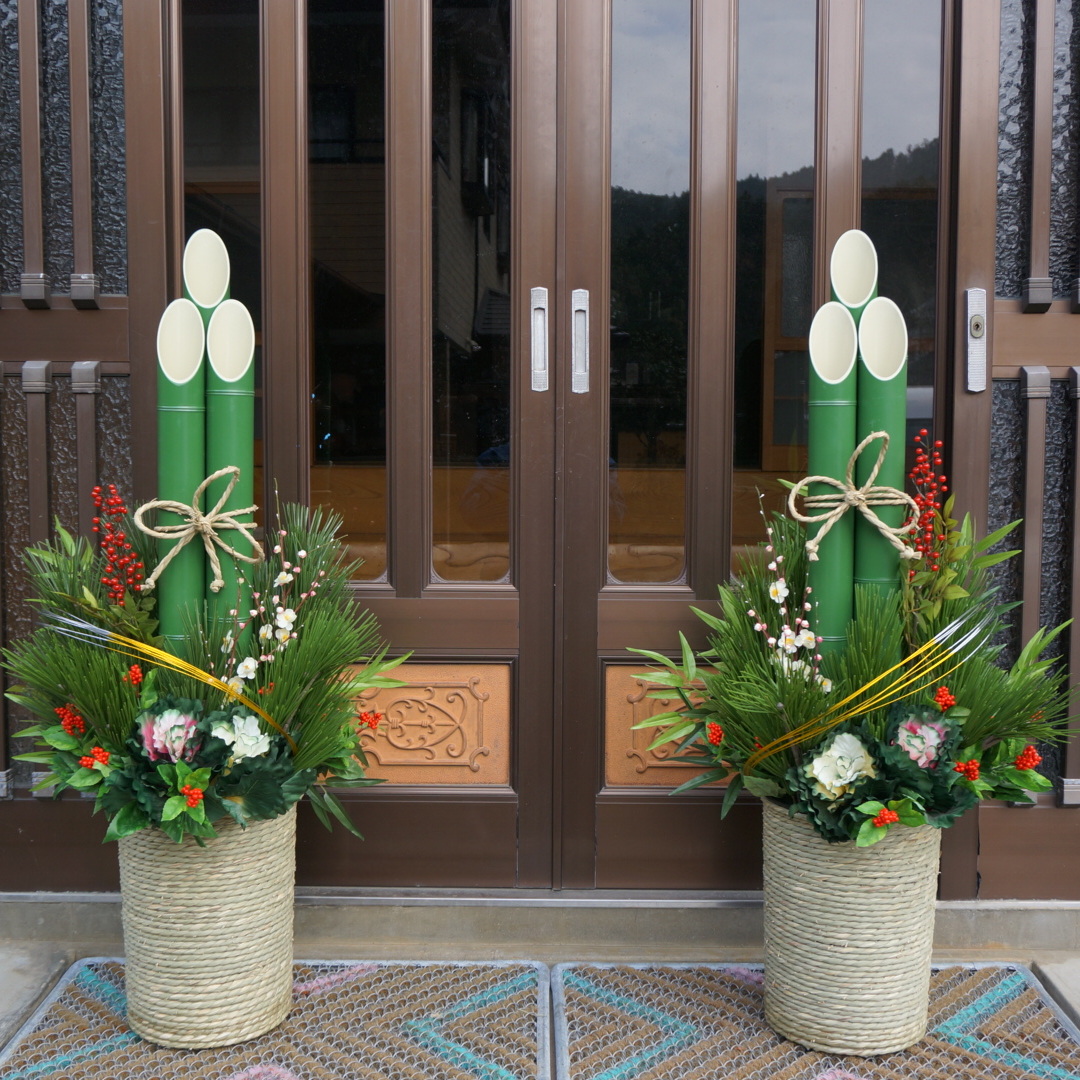
Kagami-mochi (鏡もち)
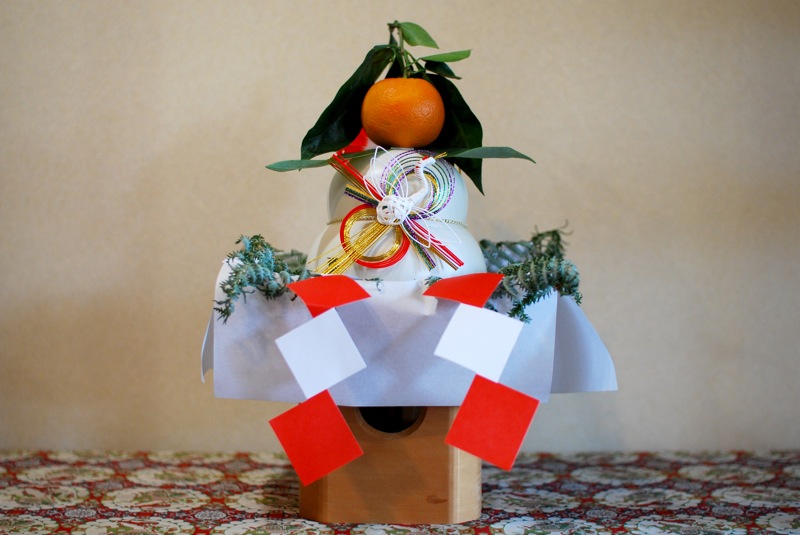
Photo: Wikipedia
However, mirrors in Japan a long time ago had a round shape, and were often used for important Shinto rituals. As mirrors are believed to be a place where gods reside, these mochi (rice cakes) are shaped like an ancient round mirror to celebrate the new year together with the gods.
On top of the rice cakes is a type of orange called daidai (now replaced with mikan most of the time). When written with different kanji “代々”, it means “over generations,” representing a wish for prosperity of descendants over generations.
The shimekazari (しめ飾り) or New Year wreath, made of twine, twigs, paper strips and a mikan, is also a common sight at entrances to homes and offices.
New Year’s Day - Ganjitsu (元日)
You might be confused by two different yet similar words, ganjitsu (元日) and gantan (元旦). Even if you ask your Japanese friends what the difference is, they will probably say “I’ve never thought about that...don’t they mean the same thing?”
While ganjitsu refers to the whole 24 hours of New Year’s Day, gantan only refers to the morning of New Year’s Day. The second kanji “旦” represents the sun coming up over the horizon -- sunrise.
Ganjitsu is a pretty busy day for Japanese families. After breakfast (osechi ryori) with all the relatives, they visit shrines and temples and shop for New Year’s special sales ... but each of these traditions has a hidden meaning, purpose and sometimes complex way to conduct it.
Osechi Ryori (おせち料理)
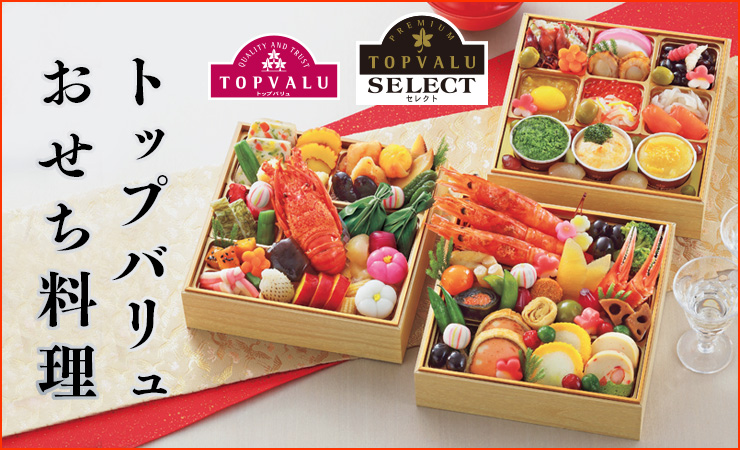
For example, renkon (lotus root) represents a hope for a good and happy future without obstacles ahead, because you can see the other side (the future) through the holes without obstacles. Click here for an explanation of the various dishes.
Iwai-bashi (祝箸)
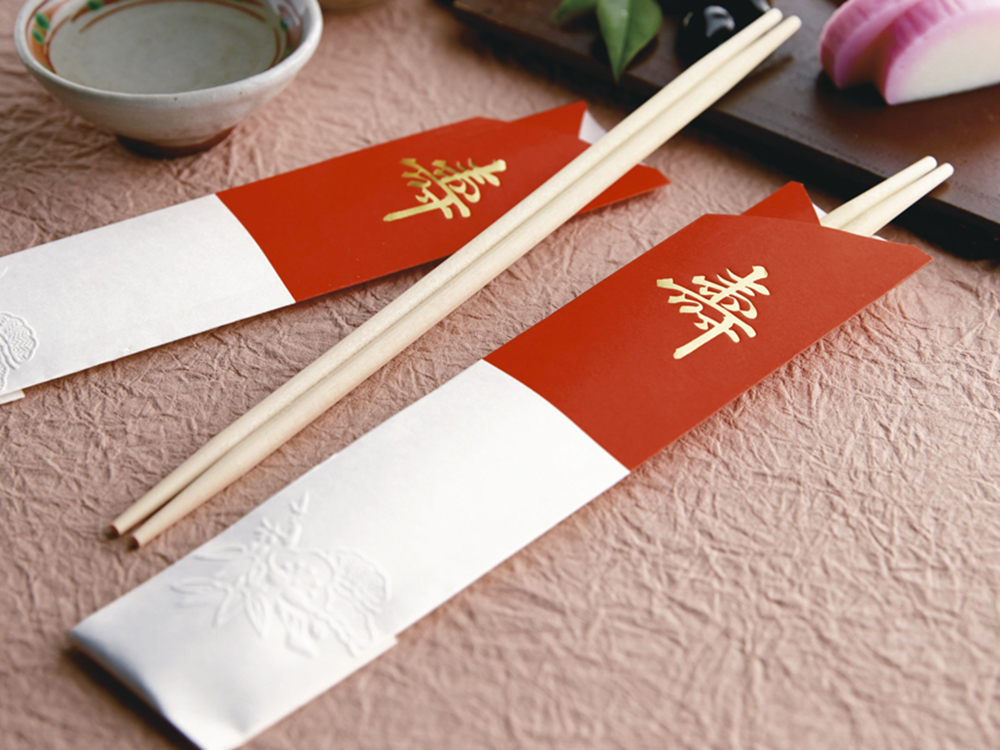
Osechi ryori is something that is offered to the deity first, who then allows you to share it so you’ll be blessed with a fruitful year ahead. So, even if you think it is efficient to use both sides of the chopsticks to get some food from the shared plate, it will be considered disrespectful toward the deity.
Otoso (お屠蘇)
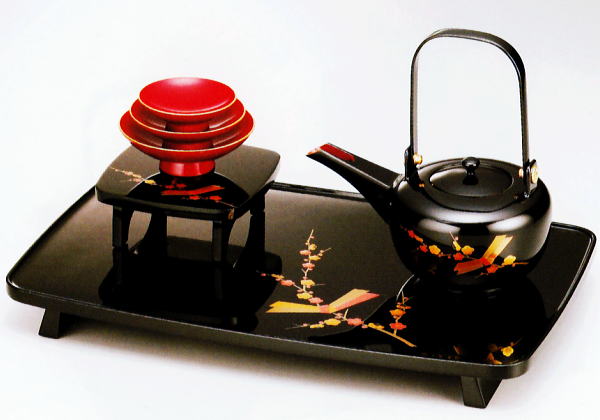
The tradition of otoso, which was originally imported from the Tang dynasty in China, where this type of sake was used for medicinal purposes, had been practiced as a new year ritual among the Heian nobility. It was only during the Edo era that it became a commoners’ practice.
When you drink otoso, families share the same three special cups. The drinking order generally starts from the youngest person of the group and ends with the oldest, whose purpose is to allow older people to absorb some vitality from the young people.
Otoshidama (お年玉)

Photo: Wikipedia
The tradition originated as an offering of rice cakes called kagami mochi to toshigami-sama, a New Year deity. Those rice cakes, given from parents to children, were called toshidama in the past, and they came to be replaced with small toys, and then with money today.
Hatsumode (初詣)
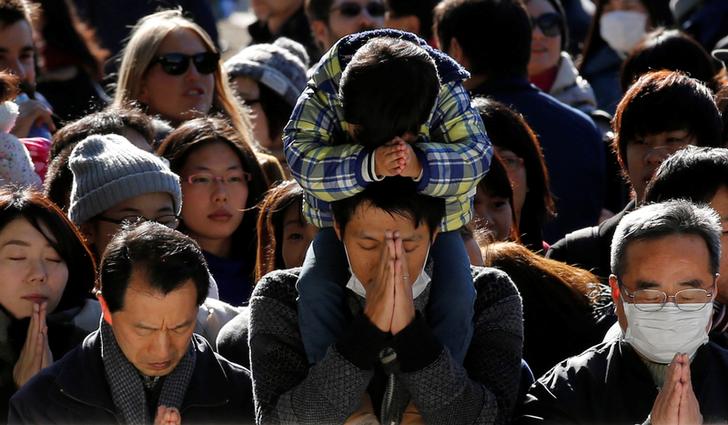
Photo: Reuters
When you make a prayer at the altar, you might be confused over how the prayer is specifically conducted by Japanese people. Here’s what to do: First, throw some coins into a box in front of the altar, ring the bell using the rope hanging down from it, bow twice, clap your hands twice in front of your chest, and lastly bow one more time.
Nengajo(年賀状)

Nengajo generally start with a standard sentence Akemashite Omedeto Gozaimasu (Happy New Year) and Kotoshi mo Yoroshiku Onegaishimasu (Thank you for all your support for this year in advance.) Additionally, people tend to write how they have been doing recently or their new year resolutions along with their family photo or an illustration of the coming year’s sign from the Chinese zodiac.
But greetings from your friends are not the only purpose of nengajo. All nengajo postcards have lottery numbers on them, and when delivered, the holders of the winning numbers will be able to receive various prizes, which include some expensive items like travel tickets and electronic devices.
However, in this digital age, some young people consider sending postcards as old school. For such people, a new service is becoming increasingly popular -- the service that allows people to send and receive nengajo quickly by email or by some SNS apps, and even to attach a video clip to the nengajo.
Fukubukuro (福袋)

Some popular shops such as 109 in Shibuya have an incredibly long queue in front of them hours before they open on New Year’s Day. The value of the items is often 50% more than the selling price. If you don't mind waiting and are prepared for a stampede, New Year’s Day is a great shopping opportunity.
© Japan Today
No comments:
Post a Comment
Note: Only a member of this blog may post a comment.